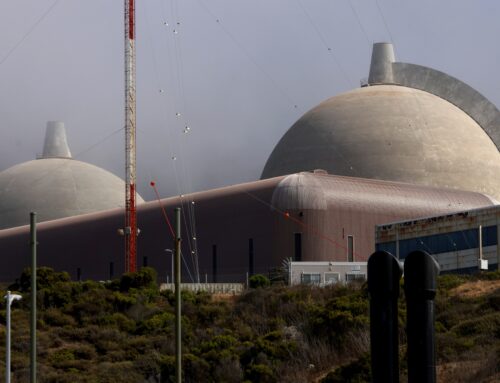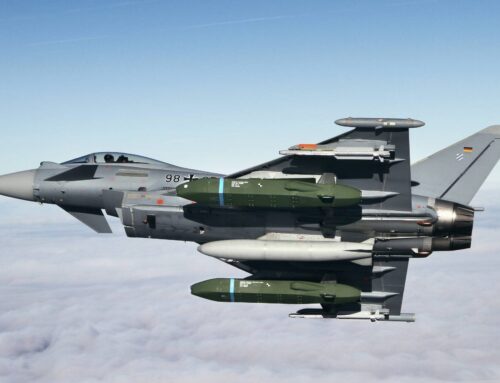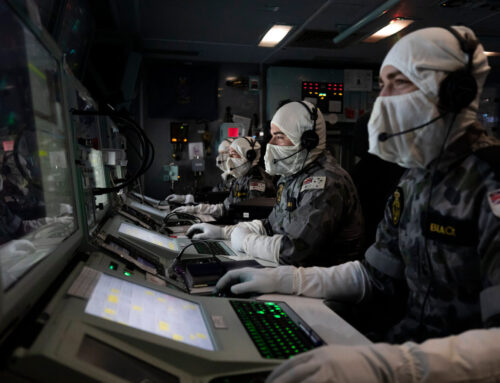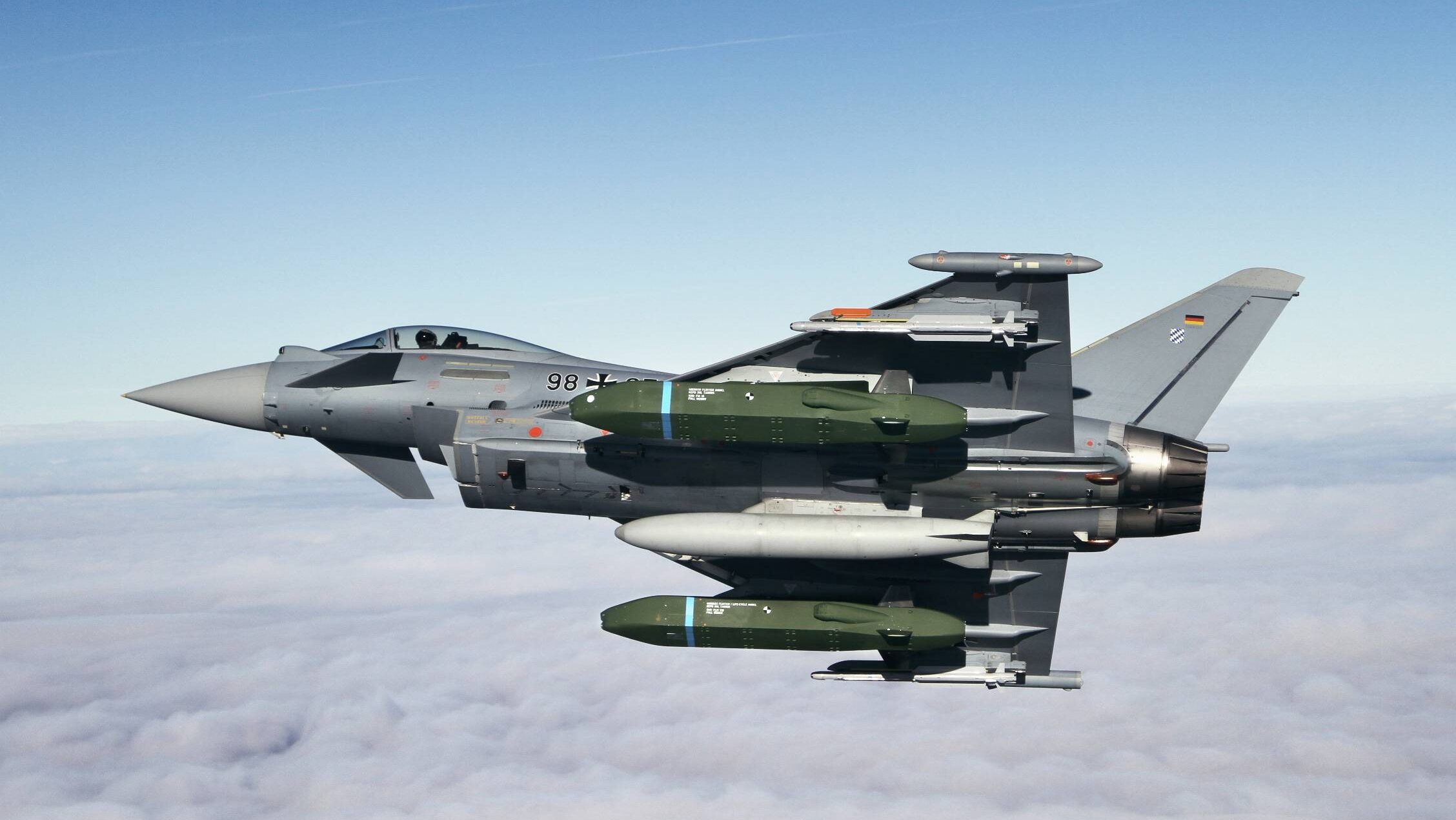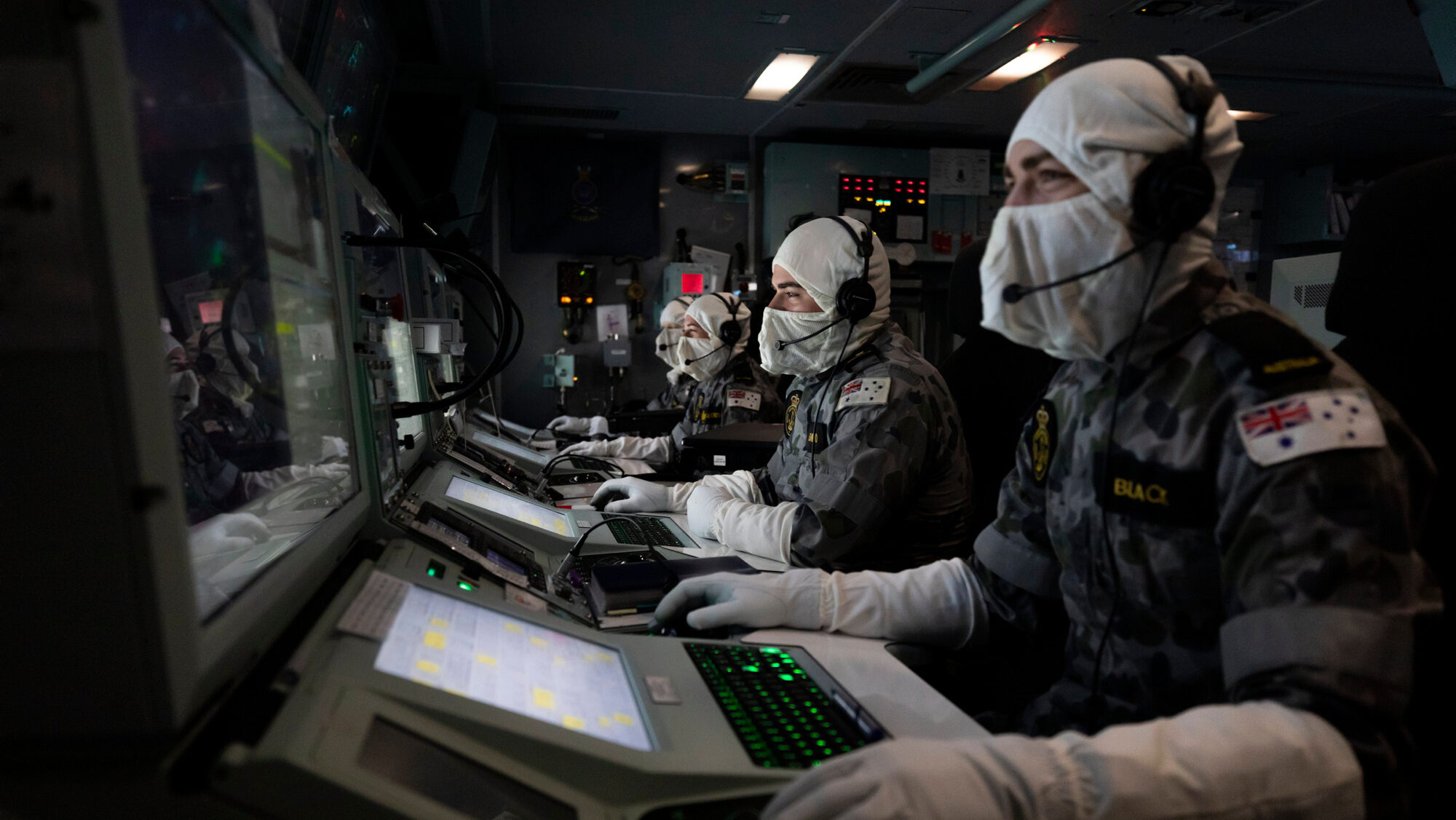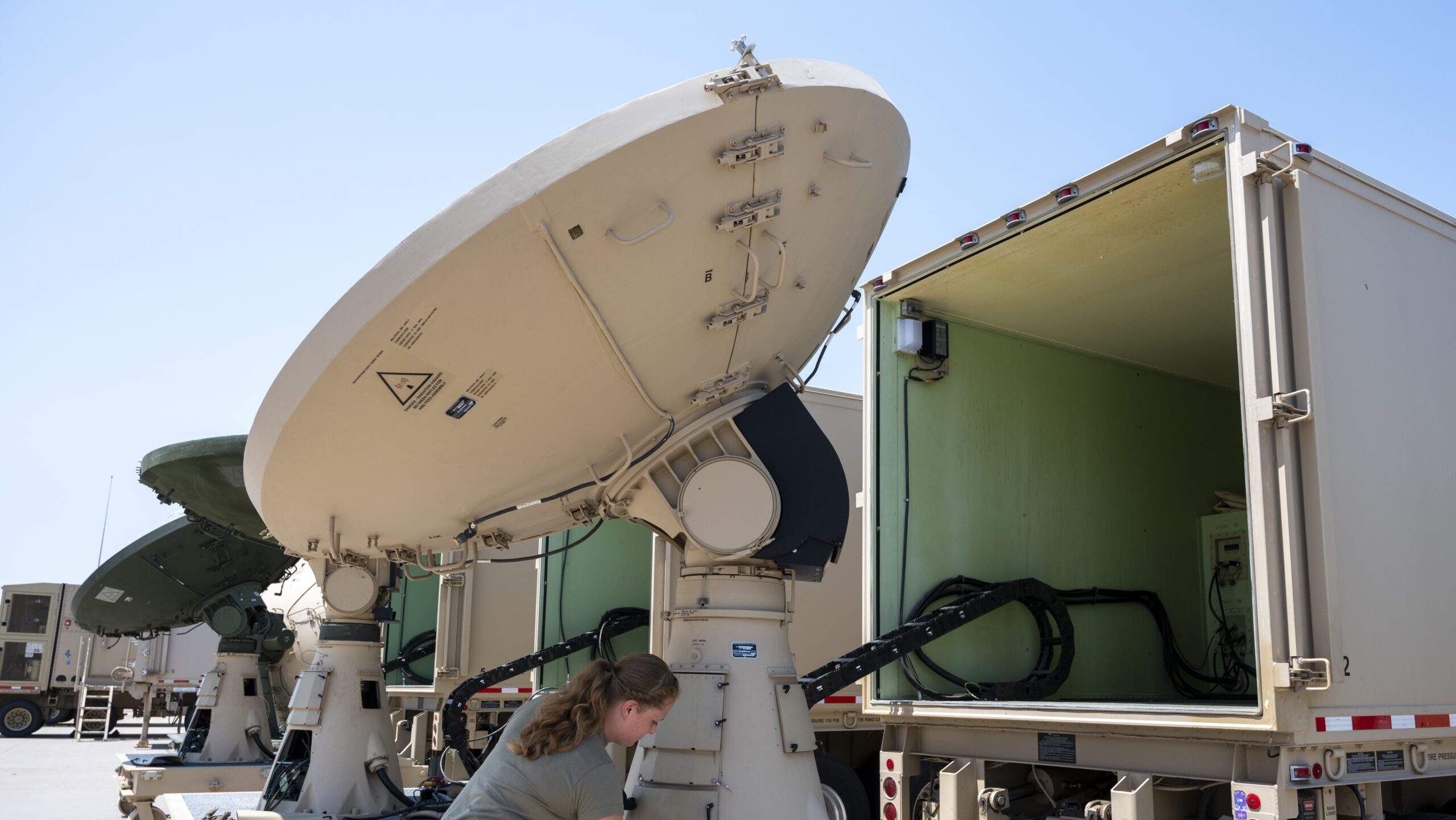Anduril’s Fury drone, which the company is pitching for the CCA program. (Anduril photo)
WASHINGTON — Defense tech startup Anduril Industries and legacy dronemaker General Atomics have both completed a key assessment of their designs for the Air Force’s Collaborative Combat Aircraft (CCA) program, a service official said today, paving the way for both companies’ drone wingmen to take to the skies next year.
“We’ve just finished up, basically, critical design review for both Anduril and General Atomics. Both industry teammates are on the path to get to first flight in a timeline that allows us to get operational capability by the end of the decade,” Air Force Col. Timothy Helfrich, senior materiel leader for the advanced aircraft division of Air Force Materiel Command, said during an event hosted by the Mitchell Institute today.
“We are on on track, if not ahead, in some areas,” he added.
The CCA program aims to initially field roughly 1,000 of the drone wingmen that are expected to fly and fight alongside Air Force aircraft, like fighter jets. The service expects the drones to be operational by the end of the decade.
After beating out aerospace giants Boeing, Lockheed Martin and Northrop Grumman in April for the current CCA contract that will fund drone prototypes from the two companies, Anduril and General Atomics have started the manufacturing process for their respective drone wingmen designs. Anduril is offering a drone dubbed Fury, whereas General Atomics is pitching Gambit, which the company says is a modular system that draws from the firm’s work for the Air Force’s Off-Board Sensing Station program.
After the prototyping phase, whose first flight is expected next year, the Air Force could choose to carry one or both of the vendors into production. Officials have also floated the possibility of selecting a different vendor for production that did not win the prototyping contract. There will be other opportunities to join the CCA program ahead as well, as the service plans to launch a second tranche in fiscal year 2025.
Service officials have stressed the CCA program will act as a pathfinder for a new way of doing acquisitions, and an Anduril executive noted that the design review process reflects that approach. The CCA program doesn’t necessarily follow “traditional” steps like standard acquisition milestones, the executive said, meaning that the successful design reviews announced today are more of a rough equivalent to a CDR. (A CDR essentially verifies the maturity of a system’s design.)
“I wouldn’t necessarily say CDR. I would say that we have matured design to a critical point where we feel confident that it’s moving forward,” Diem Salmon, Anduril vice president for air dominance and strike, told reporters on the sidelines of the Mitchell event.
“Fabrication is moving very quickly, and it’s getting to the path where we’re going to be able to integrate and support first flight that is more or less around the corner,” Salmon added.
C. Mark Brinkley, a spokesman for General Atomics, said in a statement to Breaking Defense that the company is “pleased to be on this path and proud of our work. Completing this design review for our CCA is one more step toward a new future in global defense aerospace and reflects more than a decade of investment, ingenuity and innovation.”
The company’s CCA design is still “on-track” for first flight in “mid-2025,” Brinkley added.
Several different efforts are feeding into the CCA program, including an experimental operations unit (EOU) that is exploring how to employ the drones in combat. In a separate event in Washington today hosted by Defense One, Air Force acquisition chief Andrew Hunter stated that the service now plans to buy more prototypes from Anduril and General Atomics to properly equip the EOU, but he declined to comment on the quantity.



